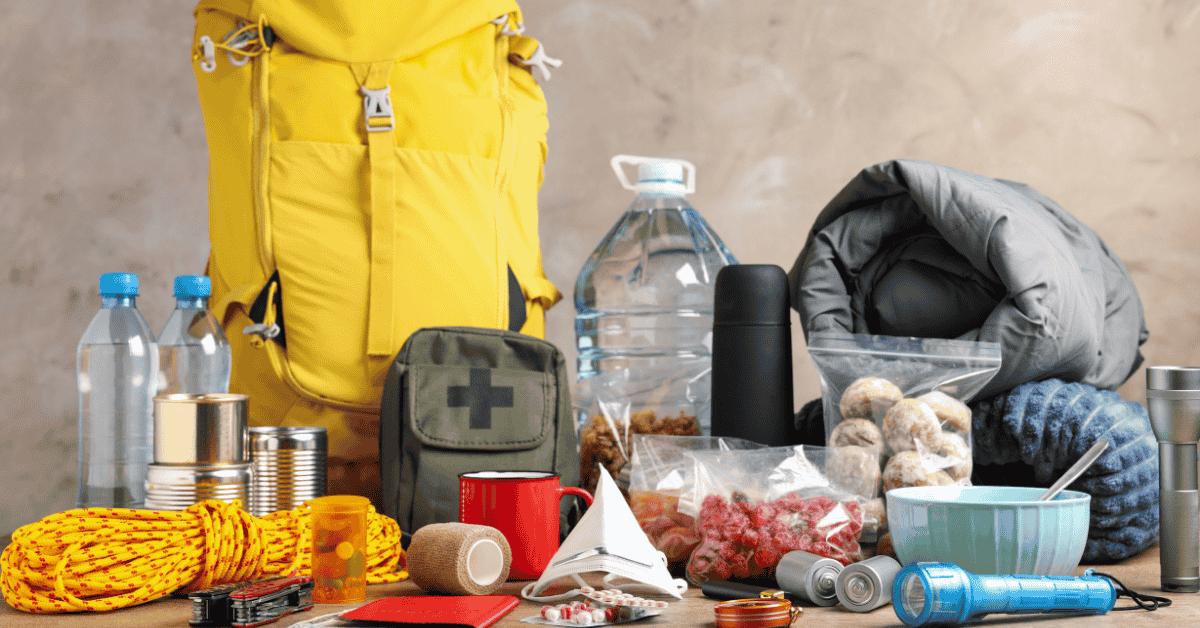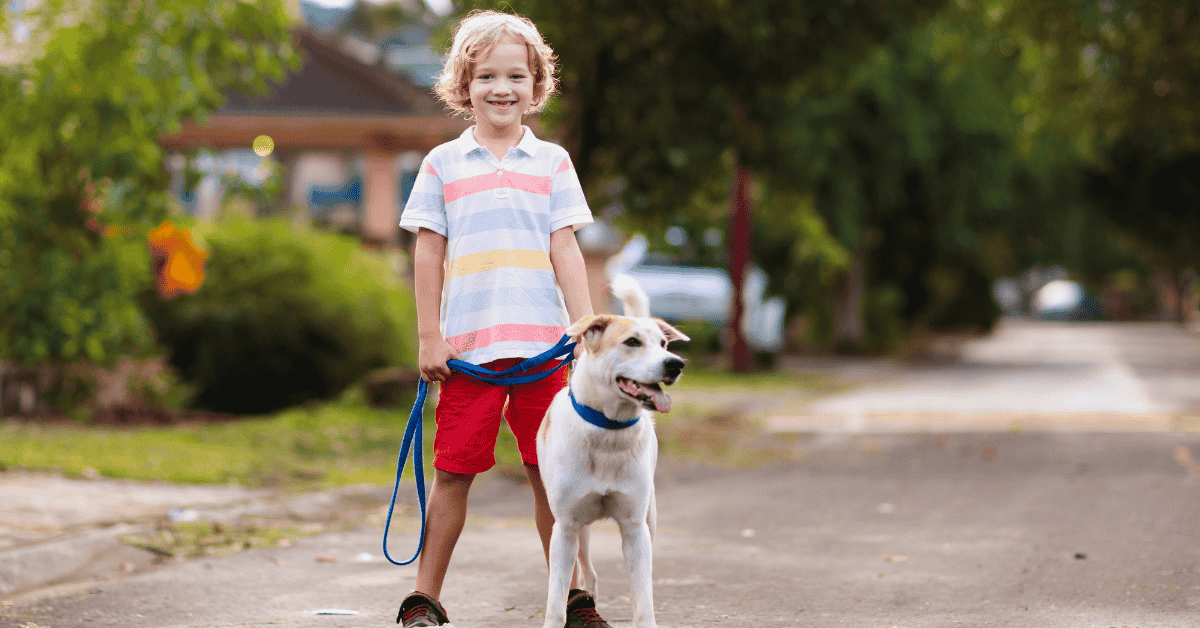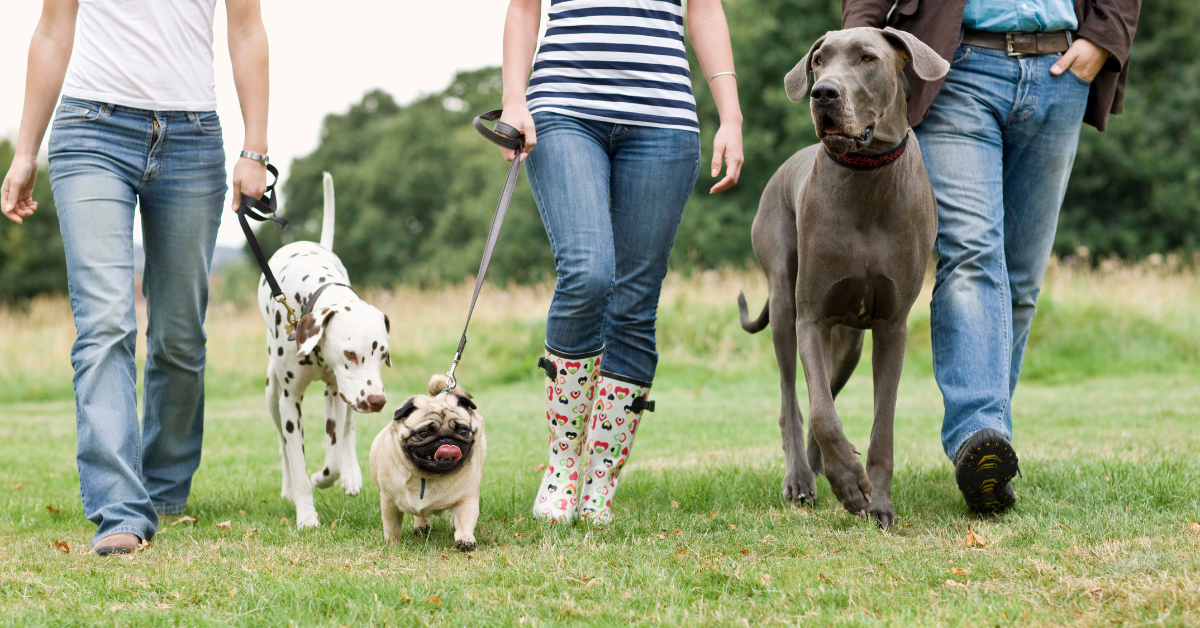When summer storms, heavy rains, and sudden floods hit, our pets rely on us to keep them safe and comfortable. As the owner of a pet care business and a passionate advocate for disaster preparedness, I know that being ready means creating a comprehensive pet emergency kit and having a plan for both sheltering in place and evacuating. Here’s how you can be ready for whatever the forecast brings by preparing a pet emergency kit for summer storms, flooding, and extreme weather.
Why a Pet Emergency Kit Matters
Extreme weather events, including flash floods, hurricanes, and windstorms, often require swift decisions. In those high-stress moments, you won’t have time to gather supplies scattered around the house. A dedicated emergency kit gives your family peace of mind and ensures your furry pals stay healthy, happy, and less stressed.
Building Your Pet Emergency Kit: Essentials for Every Scenario
Whether staying home or evacuating, pack enough supplies for at least 3 to 7 days. Here’s what every kit should include. Visit Ready.gov and Be Ready Atlanta to learn about emergency alerts and resources.
- Food & Water: Airtight, waterproof containers with at least a three-day supply of your pet’s regular food and bottled water
- Pet Bowls & Feeding Supplies: Don’t forget to include pet bowls, utensils, and a can opener and can cover for canned food if needed
- Medications: 7-day supply, pre-portioned and labeled, with instructions.
- Pest Prevention: One month of flea, tick, and heartworm preventatives if you use them; grab one pill or tube and keep it in your kit
- Identification: Up-to-date ID tags, microchip information, and current photos of your pet with you in case you’re separated during a disaster
- Standard Leash and Harness: Sturdy 6-foot leash and harness for control; make sure they are properly sized and comfortable for your pet to wear for extended periods if needed
- Carrier and/or Crate: secure carrier or crate for safe travel and temporary housing; ensure the carrier and crate is large enough for your pet to stand up and turn inside
- Sanitation Supplies: Waste bags, cat litter and tray, puppy pads, paper towels, and cleaning wipes
- Comfort Items: Familiar bedding, blankets, or toys to reduce anxiety during storms or displacement; calming treats aren’t a bad idea either
- Medical Records: Copies of your pet’s vaccination history and vet contact information, kept in a waterproof bag; many shelters or hotels will require these for entry
- First Aid Kit: Pet-specific supplies like bandages, pet-safe antiseptic, tweezers, and a pet first aid manual
Sheltering in Place
During brief but intense storms or when flooding is not an immediate threat, it’s usually safest to stay home. During wind storms with no chance of flooding, choose an interior room on the lowest floor, away from windows and exterior doors. Move your emergency kit, pets, and all your family members to this safe space. If flooding is a concern, find a room that is close to stairs that you can climb to safety if your first floor begins to flood.
While Sheltering in Place
- Use a crate or carrier for cats and small dogs to prevent escape if they panic during thunder, lightning, or high winds
- Close off hiding spots like under beds, closets, or behind appliances, so frightened pets are easy to locate if evacuation becomes necessary
- Talk to your pets calmly, offer familiar toys, and use anxiety-easing products to soothe them
Evacuation
If authorities recommend leaving, never leave pets behind. Prepare ahead by identifying pet-friendly evacuation shelters, hotels, or friends who can house you and your pets.
During an Evacuation
- Transport your emergency kit; consider a lighter, travel-sized version than your shelter-in-place kit for easy grab-and-go
- Secure all pets with leashes, harnesses, or in sturdy carriers; this protects against injury and helps keep them calm in chaotic environments
- Check microchip/contact info: If you relocate, update the details on your microchip registry immediately in case of separation; your phone number will likely stay the same but that’s not always the case
- Bring copies of vaccination records; these are often required by shelters or hotels, especially when large number of families are evacuating at the same time
Preparing a Pet Emergency Kit for Summer Storms, Flooding, and Extreme Weather
- Restock: Check extra food, water, and meds every six months to ensure they haven’t expired
- Practice your emergency plan with your pets: Try a “drill” so pets get used to carriers, harnesses, and new routines; this allows you to time yourself and make sure you and your family are adequately prepared
- Create a buddy system: In case you’re not home when a weather disaster strikes, designate a neighbor who can access your home and evacuate your pets; leave them written instructions
- Have a Post-Storm Plan: Storm debris, downed power lines, and broken fences can make your neighborhood unsafe. Inspect your home, both inside and out, before allowing pets to roam freely. Keep pets on leash until you know your area is safe.
The Best Care for Atlanta Pets & Their Families
Preparedness saves lives! With proper planning, we can ensure every member of the family, two- and four-legged, is ready for whatever Mother Nature sends our way.
Buckhead Pet Pals offers dog walking and dog sitting services – as well as cat sitting and care for other species. We proudly serve Atlanta, Buckhead, Sandy Spring, Marietta, and Dunwoody.
Learn more about our onboarding process and scheduling software/app here. We welcome your questions and comments via phone at 404-303-0312 or email at office@buckheadpetpals.com.
If you’d like to learn more about what it takes to work with Buckhead Pet Pals, check out our jobs page.
Existing clients, please request dog walking services here.





